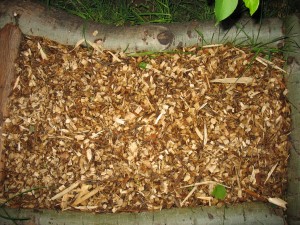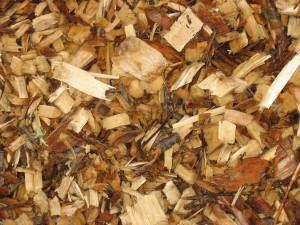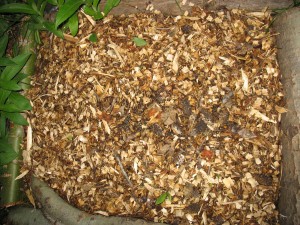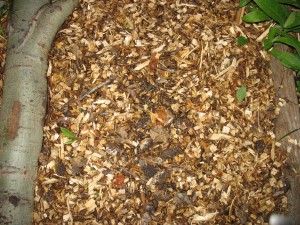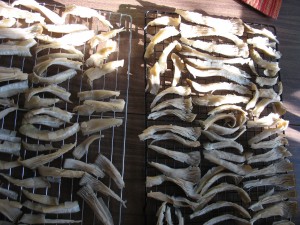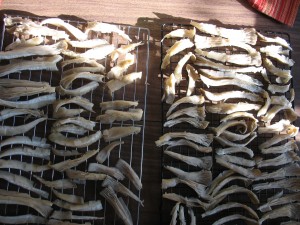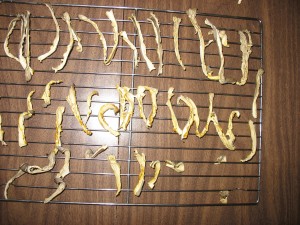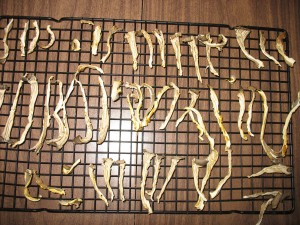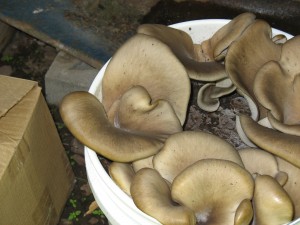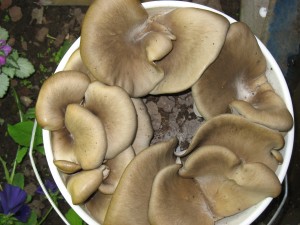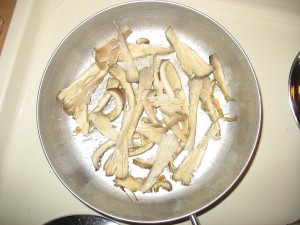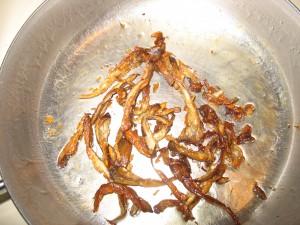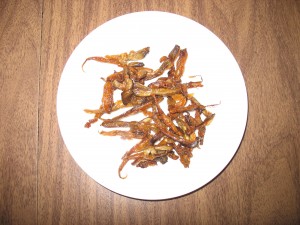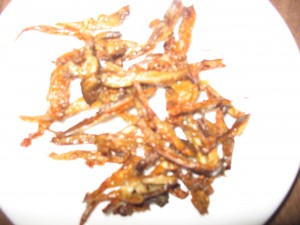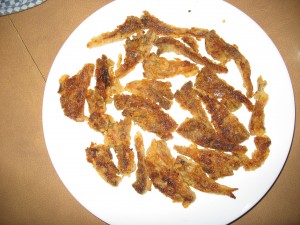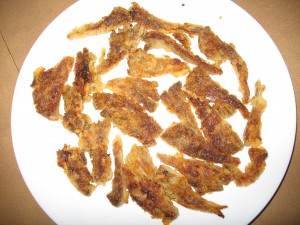Happy New Year to all of my fungal friends! It was a great year for mushrooms, and I am looking forward to another great year ahead.
Along with wild mushrooms, last year was a great year for growing mushrooms!
The oyster mushrooms proved to be aggressive and versatile again this year. We grew, harvested and consumed oyster mushrooms growing on cornstalks, coffee grounds, wood chips and garden waste. I even had oysters growing out of the bottom of my compost bin. They flushed at different times and were a treat each time!
New projects last year were interesting,
The garden giant outdoor kit was planted in the spring. The fungus consumed half of the wood chips and spread all over, but they did not flush before fall. I know they will flush next spring.
I ordered reishi and shiitake plugs early in the year. The summer slipped away and the plugs didn’t get plugged until late fall. I look forward to spring to see if they grow.
A close friend of mine received a shiitake growing kit in late fall and so far has had 1 small flush. We are hopeful for the next flush. The kit will be put to good use this spring after it is done producing.
My mom planted her morel mushroom patch. It is in a good spot so it should produce. We have seen this one work in Oregon, so we are excited to see it work closer to home!
All in all, it was a productive year for a budding mushroom farmer!

